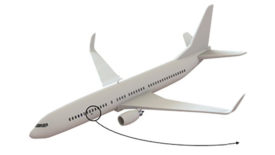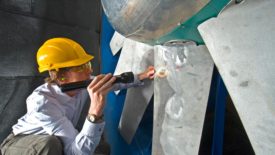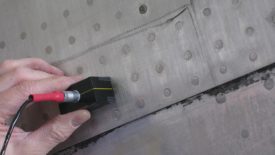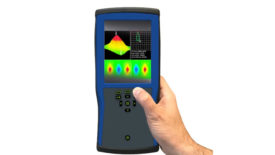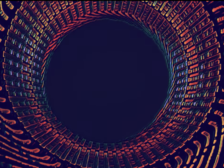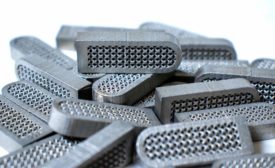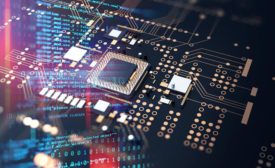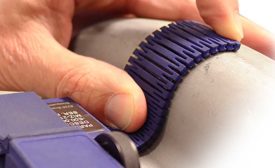Home » eddy current testing (ECT)
Articles Tagged with ''eddy current testing (ECT)''
NDT | NDT Trends
If the supply of qualified personnel is inadequate to meet the needs of industry there will be greater efforts to automate and utilize artificial intelligence to perform and evaluate NDT.
Read More
NDT | Eddy Current
Conventional Eddy Current transitions to Eddy Current Array
This inspection process is becoming more objective and precise, with greater accuracy and consistency across various industries.
September 15, 2023
Aerospace | Back 2 Basics
How Eddy Current Array Takes Aerospace Inspection to New Heights
One of the great advantages of this technology is its capability to adapt to various materials and geometries.
July 18, 2023
NDT | Eddy Current
From Innovation to Sustainability: How ECA Makes New Technologies Durable
The industries that are most inclined to adopt advanced NDT technologies such as eddy current array are often those oriented toward innovation.
August 8, 2022
Test & Inspection
Eddy Current Inspection of In-Service Aircraft Structure
Eddy current inspections are particularly sensitive to crack, corrosion, and other conductivity changes within electrically conductive alloys.
April 1, 2022
NDT | Eddy Current
Eddy Current Testing in Manufacturing Applications
Eddy current provides a balance of speed, reliability, cost effectiveness, and versatility.
February 8, 2022
NDT | Back 2 Basics
What Can Eddy Current Testing Do for Me?
This versatile tool can be used to solve or prevent material with property issues from leaving a munufacturing facility.
October 15, 2021
NDT of Medical Devices
NDT methods play a critical role in the quality assurance of medical devices.
November 29, 2020
Five Things You Didn’t Know Eddy Currents Could Inspect
Eddy current testing has typically been employed for surface and tubing inspections, but it can be employed for much more.
April 1, 2020
ECA Probes Improve Inspection Flexibility—in More Ways than One
Eddy current array results can be saved, shared, stored, processed, and compared at any time.
December 10, 2019
Stay in the know with Quality’s comprehensive coverage of
the manufacturing and metrology industries.
eNewsletter | Website | eMagazine
JOIN TODAY!Copyright ©2024. All Rights Reserved BNP Media.
Design, CMS, Hosting & Web Development :: ePublishing

